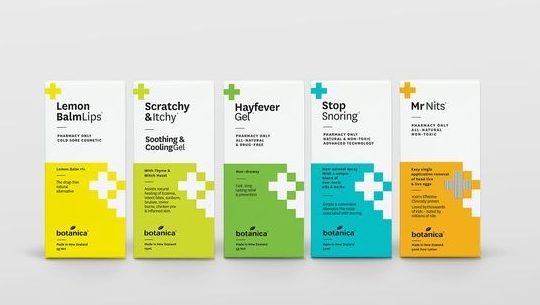Medical Package Design: Enhancing Safety and Efficiency
Medical package design is a crucial aspect of healthcare that often goes unnoticed. It’s not just about aesthetics; well-designed packaging can enhance patient safety, improve medication adherence, and streamline the distribution process. In an industry where precision and effectiveness are paramount, understanding the importance of medical package design can lead to better healthcare outcomes.
Understanding the Role of Materials
The materials used in medical packaging play a significant role in ensuring product safety and integrity. For example, materials must be resistant to moisture, light, and other environmental factors that could compromise the efficacy of medications or medical devices. Additionally, the choice of materials can impact patient safety; for instance, child-resistant packaging is essential for medications that could pose a risk if accessed by children. Select materials that not only provide durability but also allow for easy sterilization and safe disposal to foster a more sustainable approach.
User-Friendly Design Elements
Effective medical package design prioritizes usability for both healthcare professionals and patients. This is especially important for packaging that requires manual opening or operation. Clear labeling with bold, legible font and intuitive graphics can significantly reduce the chance of errors during medication administration. Furthermore, features such as easy-to-open seals, single-dose packaging, and color-coding contribute to a design that minimizes confusion and promotes adherence. By considering the end-user’s convenience, designers can foster a safer and more efficient healthcare environment.
Regulatory Considerations and Testing
Medical packaging design is subject to rigorous regulatory standards and testing to ensure safety and efficacy. Regulatory bodies such as the FDA (in the United States) require thorough validation of packaging materials and designs through various testing methodologies. This includes stability testing and assessments for moisture barrier effectiveness. Understanding these regulatory requirements allows designers to create compliant packages right from the initial concept phase, saving time and resources in the long run. Incorporating these standards not only safeguards patient health but also instills trust in the healthcare system.
Conclusion
Medical package design is an often-overlooked element of healthcare that plays a crucial role in safety, usability, and compliance. By understanding the importance of materials, user-friendly design elements, and regulatory requirements, stakeholders in the healthcare industry can improve patient outcomes and streamline processes. If you’re interested in learning more about the nuances of medical package design, consider exploring industry resources or attending specialized training. Your insights could make a difference in the future of healthcare!

